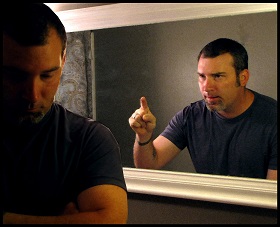I was at Samye Ling Tibetan Centre near Lockerbie in Scotland this weekend. I find it a very nourishing and uplifting place, with lots of smiles and laughter with friends and colleagues. It is a great place to practice Mindfulness and Compassion because that is what the whole place is designed for!
I was practicing with our first year MSc students and teaching Compassion with Fay and Choden. Liz from the University of Aberdeen was with us to support the academic development of the students. What a wonderful team to work with.
I love teaching on the MSc weekends as I get to receive excellent teachings from my colleagues – in my opinion some of the best Compassion teachers in the world – and to follow their guided practices. I always learn something new about myself and about how to develop my teaching practice.
In addition to this, I get to work with a group of deeply committed Mindfulness practitioners, who have prioritised Mindfulness in their lives to the extent that they are investing in following a Masters program – awesome. What is really wonderful is to see all of us beginning to recognise and see through some of our self created suffering. We suffer less, smile more and our faces open – it is like a weight is lifted. I know because I have experienced this myself and continue to experience it! It takes years off you – better than any face cream.
However, it is hard work, which takes courage and a commitment to practice Mindful compassion each day – formally on the meditation cushion and informally in daily life.
This weekend Fay led an excellent session on the inner self-critical voice. This is the biggest block to self-compassion, because it is so hard on us – an inner voice constantly reminding us of all the things that are wrong (generally about us) and that we are just not good enough. Our approach, based on the work of our patron Prof. Paul Gilbert, is to see if this inner-critic might take a form – some common examples are an angry gnome like person or a witch – but allow your imagination full reign as the critic takes many and varied forms. Then we see if we can make friends with the critic, so we recognise its whisperings and perhaps have a choice not to buy into it.

Fay pointed out that the inner critic often takes the form of how we think other people regard us. We often limit ourselves because we are concerned about what others might think – an interesting point to consider in relation to ourselves.
The inner critic may change over time. Initially mine was an angry old woman, then as I began to recognise it, it changed into something more subtle, an oil slick type character who sneaks and slides around the edge of my awareness, whispering – a tricky character who I am getting to know and befriend! Some people are afraid of what they might become if their inner self critic fades. In answer to this we give the example of two school teachers: one who constantly criticises us driven by fear and frustration; or one who corrects us constructively driven by compassion. What type of inner voice would you prefer?
Have a go at making friends with your inner critic so you can recognise what it says and see whether you have to believe it and also see if you can cultivate a kindly inner voice that constructively assists you in negotiating your way through life. We have a choice!
If you would like to join us on the Masters, then please follow this link for more information: click here.
If academic study is not for you, then there is an alternative experiential route through the Mindfulness and Compassion training, the MA’s Level 1 and 2 Mindfulness trainings. This route is designed to be accessible to as many people as possible, both financially and geographically. For more details please follow this link: click here.
I hope to see you on a course some time soon – to practice and learn together.
Kind Wishes
Heather
To visit our website: click here.

